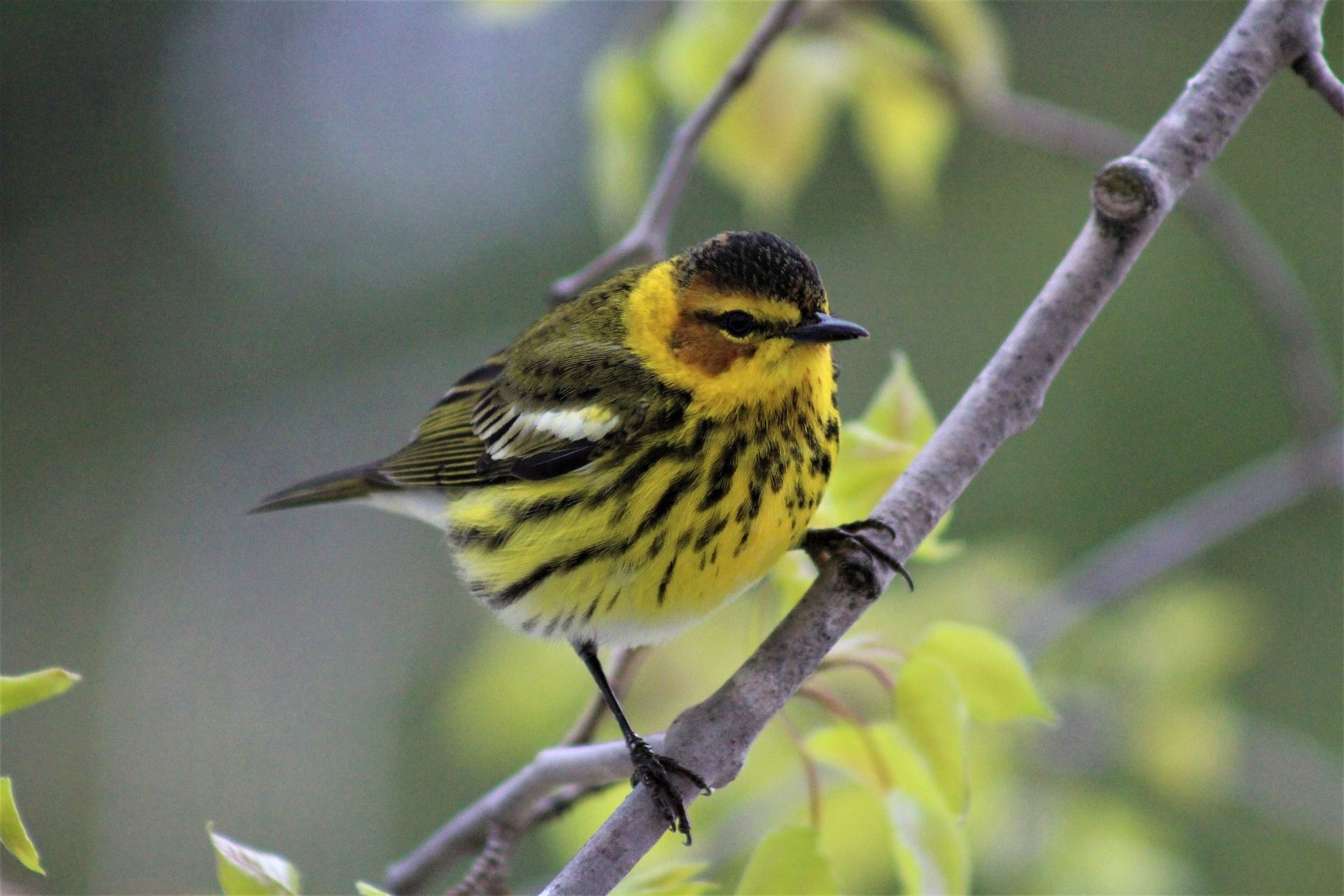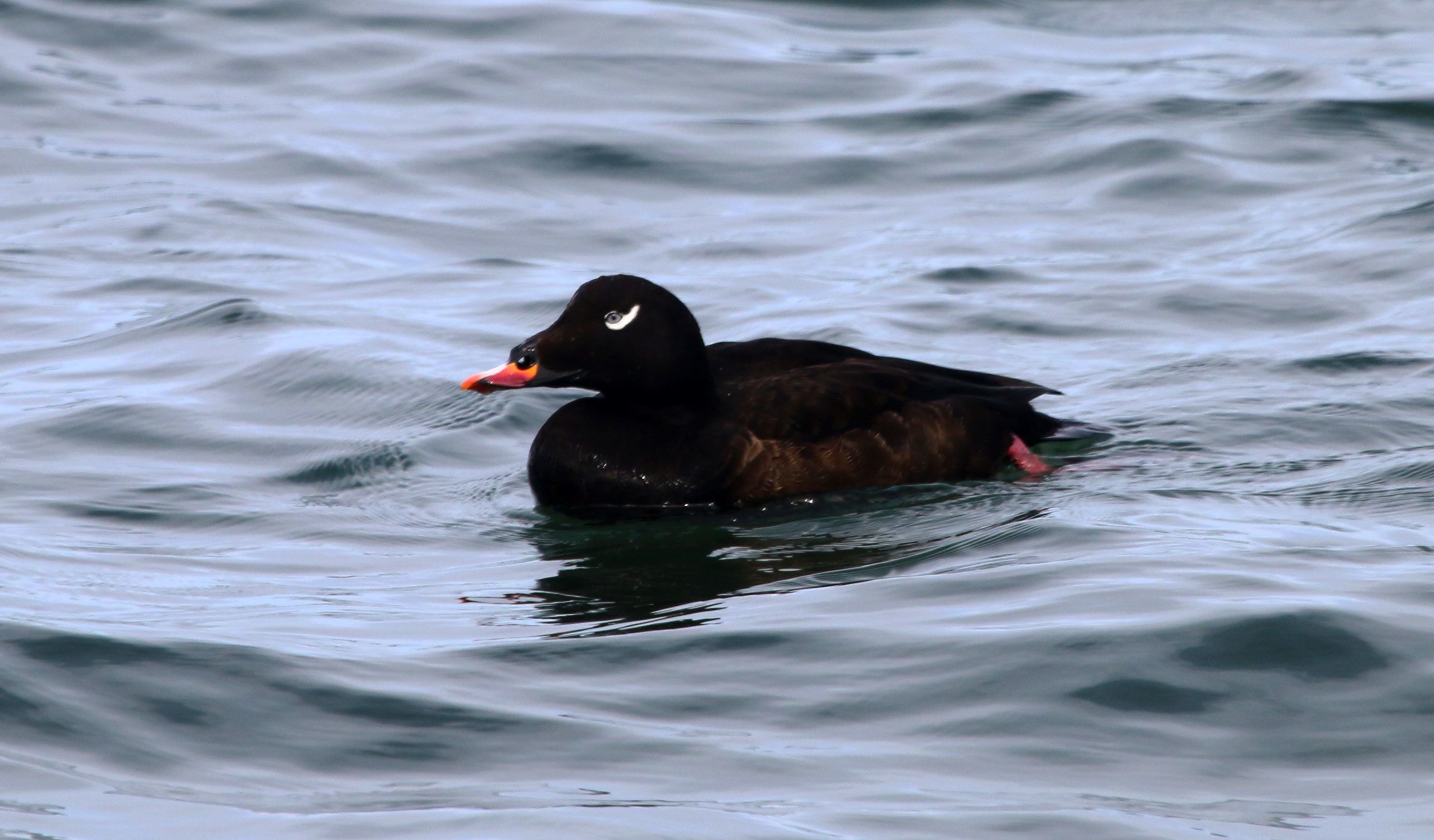Citizen Science: The Era of Big Data
By Dr. Charles Clarkson
An expanding range of Allen's Hummingbirds (Selasphorus sasin sedentarius) in California, large-scale movements of migratory birds following a "green wave" of vegetation across the landscape in spring and Tree Swallows (Tachycineta bicolor) packing themselves into fewer sites than traditionally thought during the non-breeding season...these are just a few findings from recently published studies that have enhanced our understanding of avian communities in North America. As you may have guessed, these studies involved a tremendous amount of data, all of which were gathered by birders and submitted through the portal eBird, an avian reporting network hosted by the Cornell Lab of Ornithology. Without this massive data set representing information collected over broad geographic regions by thousands of dedicated individuals, the pace of our discovery would slow to a trickle.
We live in an era where we face conservation issues that are global in scope. Our attention is no longer monopolized by the breeding season, and we now realize that to truly protect a species we need to understand its requirements throughout the full annual cycle. Of course, there are not enough ornithologists to get into the field at all times of the year across all locations a species may transit and make observations. Instead, scientists are increasingly turning to sources of big data to help with their analyses. These data sources come from long-standing citizen science projects that have accumulated massive amounts of information submitted by dedicated volunteers to a central repository where they sit ripe for the analyzing. Data from the Breeding Bird Survey (BBS; initiated in 1966), the Christmas Bird Count (CBC; initiated in 1900) and eBird (established in 2002) have been inordinately important for assessing trends in population size and geographic distribution of birds across our continent. The collection and reporting of simple presence/absence data along with a few variables on weather, time of day and location can allow for fairly complex analyses by researchers. Data collection schemes in which individual birds are counted allow for even more detailed analyses.

Data from Citizen Science platforms such as eBird are becoming more useful to determine how species move around our continents throughout the year. Species such as the Cape May Warbler (Setophaga tigrina) are considered Spruce Budworm specialists and their geographic distribution often changes as a result of the availability of this preferred prey item.
In Rhode Island, there are and have been ample opportunities for individuals to contribute data that will better equip us to understand the current state of our birds and prepare for changes to come. The state has over 300 registered eBird users who regularly submit their observations. The recently completed Rhode Island Bird Atlas deployed over 200 volunteers to every corner of our state to collect information in breeding, wintering and migrating birds and the habitats they require. Every year, dozens of individuals participate in CBCs in Rhode Island and throughout the northeast. And, as part of the new Avian Monitoring Plan spearheaded by the Audubon Society of Rhode Island, opportunities for citizen science will continue for years to come. Shortly, a call for volunteers will be going out for data collection on Audubon refuges over the winter. A newsletter outlining the need for additional monitoring for a subset of "Responsibility Birds" will be released within the week. All of these projects will require citizen scientists to bear fruit. Thankfully, if you are reading this blog you are likely someone who cares about the conservation of our biodiversity and you are willing to contribute your time and passion to making our biological communities more resilient.

Species like the Canada Warbler (Cardellina canadensis) have declined dramatically in Rhode Island. We will use a combination of targeted scientific study and citizen science to understand more about the drivers of the decline and what we can do to bring the species back.
In addition to the opportunities you have to contribute to Audubon's monitoring program, I will make a point on this blog to highlight other bird-related projects you can participate in. For example, if you live near the water, consider participating in SEANET, an assessment network designed to capture information on seabird mortality. With the number of threats to seabirds growing (climate change, fisheries, plastic pollution, etc) combined with the fact that most of us do not spend enough time at sea to accurately collect data on population sizes and movement dynamics, SEANET collects data on seabird mortality that can help researchers determine the true impacts of global change on this imperiled taxa and design strategies to mitigate loss.

Many seabird species that occur off the Rhode Island coast are impacted negatively by the global fishing industry, a warming ocean and pollution. The White-winged Scoter (Melanitta deglandi) has experienced a steep population decline in recent decades and its winter range has contracted. Citizen science projects such as SEANET are designed to help us understand why.
Volunteering to collect data for SEANET is rather easy. Individuals commit to walking a section of beach one to two times each month and documenting all dead seabirds they encounter along the shore. These data are then used to construct baseline mortality indices as well as serve as a method for detecting mass mortality events that may be occurring.
To participate in SEANET, click the button below.
Over the coming months (and years), we will continue to rely on citizen science data to do much of our conservation work. The amount and breadth of data that volunteers can collect is instrumental to our ability to mitigate loss, promote resilient ecosystems and manage our bird populations. I look forward to working with each and every one of you.
Read more about citizen science driven research:
Borgmann, K. 2021. Global patterns of bird abundance and distribution revealed for 1,009 species. (ebird.org)
Clark, C. J. 2017. eBird records show substantial growth of the Allen's Hummingbird (Selasphorus sasin sedentarius) population in urban Southern California. The Condor 119(1): 122-130.
La Sorte, F. A. and C. H. Graham. 2020. Phenological synchronization of seasonal bird migration with vegetation greenness across dietary guilds. Journal of Animal Ecology 90(2): 343-355.
And don't forget to sign-up for the Avian Research Newsletter!

















